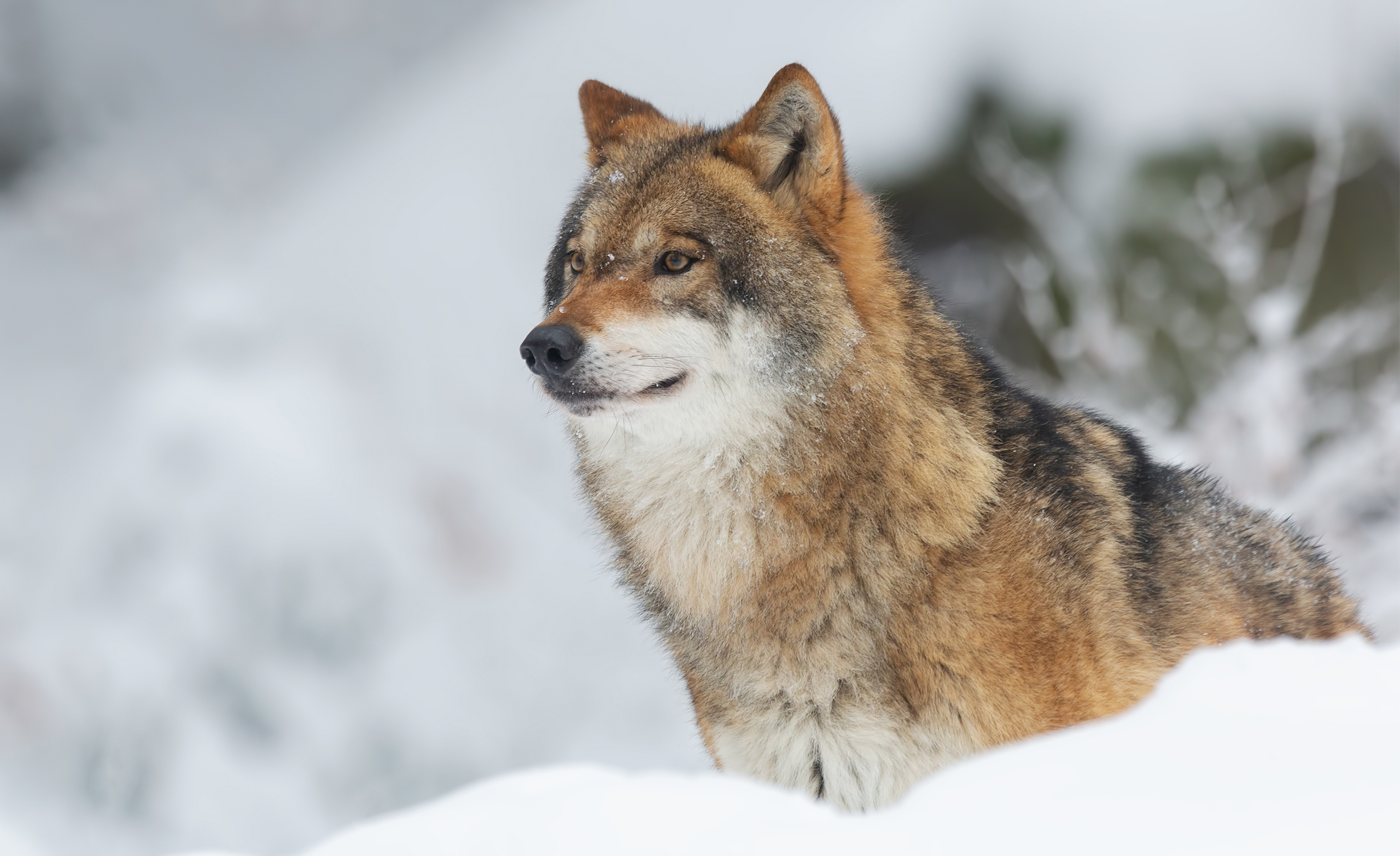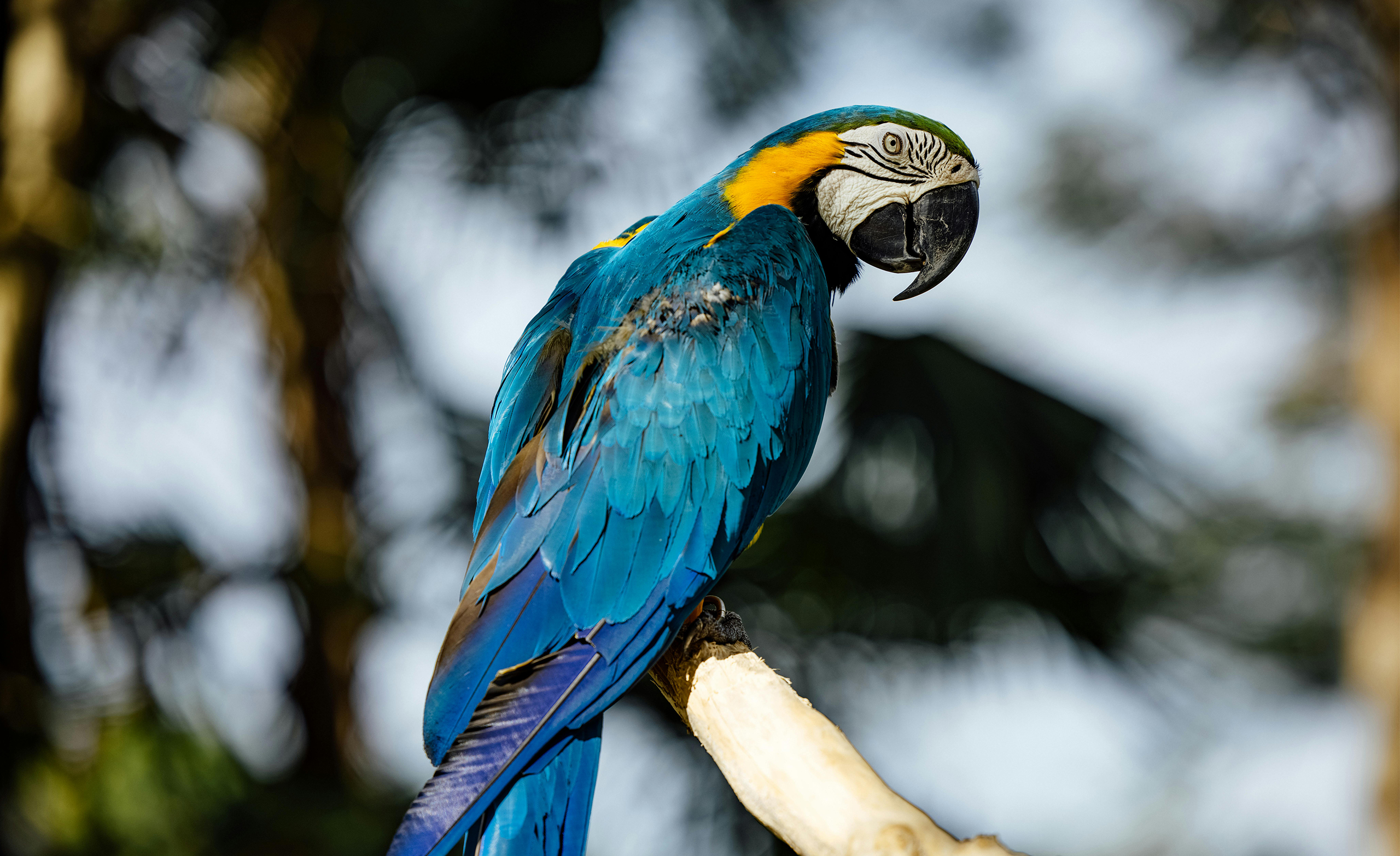In the dense forests of the southeastern United States, a haunting and beautiful call can still occasionally be heard the howl of the Red Wolf. This majestic creature, smaller than its gray wolf relatives, has become a symbol of resilience and the fight against extinction. Unfortunately, the Red Wolf’s numbers have dwindled dramatically over the past century due to a combination of human encroachment, habitat loss, and hybridization with coyotes. Today, conservation efforts are more critical than ever to ensure the survival of this endangered species. The Red Wolf’s Plight The Red Wolf (Canis rufus) is an extraordinary species, native to the southeastern United States. Historically, these wolves roamed from Texas to Florida and up into the southeastern states. However, their range has been drastically reduced to a small area in North Carolina. The decline in the Red Wolf population can be attributed to several factors, including habitat destruction, hunting, and interbreeding with coyotes. Human activities have led to the fragmentation of their habitats, making it challenging for these wolves to find suitable territories to hunt and breed. Additionally, aggressive hunting practices in the early 20th century nearly drove the Red Wolf to extinction. By the 1970s, only a handful of individuals remained in the wild. Conservation Efforts Recognizing the dire situation, the U.S. Fish and Wildlife Service (USFWS) initiated a captive breeding program in the 1970s to save the Red Wolf from extinction. This program aimed to breed wolves in captivity and reintroduce them into their natural habitats. The first successful reintroduction occurred in the Alligator River National Wildlife Refuge in North Carolina in 1987. The reintroduction efforts showed initial promise, with the Red Wolf population slowly increasing. However, these efforts faced numerous challenges, including hybridization with coyotes, which threatened the genetic purity of the species. To combat this, the USFWS implemented various strategies, such as sterilizing coyotes in Red Wolf territories to prevent interbreeding. The Importance of Biodiversity The Red Wolf’s struggle for survival underscores the importance of biodiversity. As apex predators, Red Wolves play a crucial role in maintaining the balance of their ecosystems. They help control the populations of prey species, such as deer and smaller mammals, which in turn supports the health of plant communities and other wildlife. Loss of biodiversity can have cascading effects on ecosystems, leading to the decline of other species and the disruption of ecological processes. Preserving the Red Wolf is not just about saving a single species; it is about protecting the intricate web of life that sustains our planet. The Role of Public Awareness Public awareness and support are vital components of successful conservation efforts. Educating people about the plight of the Red Wolf and the importance of biodiversity can help garner the necessary resources and political will to protect these animals. Organizations like the Red Wolf Coalition work tirelessly to raise awareness, advocate for policies that support Red Wolf conservation, and engage with local communities to foster coexistence. Community involvement is particularly important in areas where Red Wolves are reintroduced. By working with local landowners and stakeholders, conservationists can address concerns, promote coexistence, and reduce conflicts between humans and wolves. This collaborative approach is essential for the long-term success of Red Wolf recovery efforts. The Future of the Red Wolf While the challenges facing the Red Wolf are formidable, there is hope for the future. Continued efforts in captive breeding, habitat restoration, and genetic research are critical for the recovery of this species. Advances in technology and science provide new tools and insights that can enhance conservation strategies. One promising development is the use of genetic techniques to identify and preserve the unique genetic characteristics of Red Wolves. By understanding the genetic diversity within the population, conservationists can make informed decisions about breeding and reintroduction efforts to maintain the species’ genetic health. Additionally, partnerships between government agencies, non-profit organizations, and private landowners are crucial for expanding the range of Red Wolves and ensuring their long-term survival. Collaborative efforts can lead to the creation of wildlife corridors, protected areas, and initiatives that promote sustainable land use practices. Conclusion The haunting howl of the Red Wolf is a reminder of the delicate balance of nature and the importance of conservation. The Red Wolf’s fight for survival is not just a story of a single species, but a testament to the resilience of nature and the power of human determination to protect our planet’s biodiversity. By supporting conservation efforts and raising awareness, we can ensure that the howls of the Red Wolf continue to echo through the forests for generations to come. In the end, the last stand of the endangered Red Wolf symbolizes hope—a hope that through concerted efforts and unwavering commitment, we can turn the tide of extinction and preserve the wild beauty of our world.










